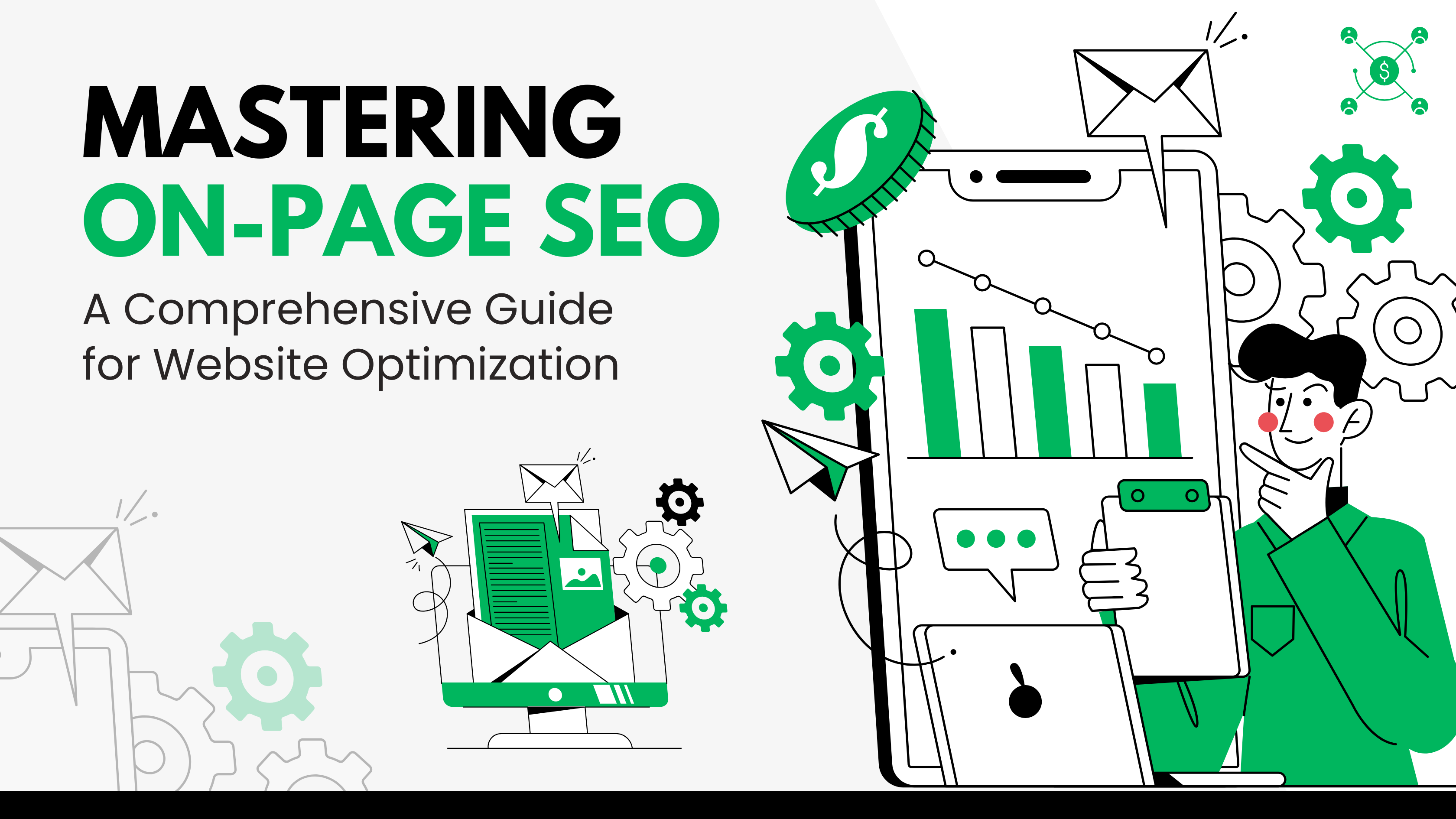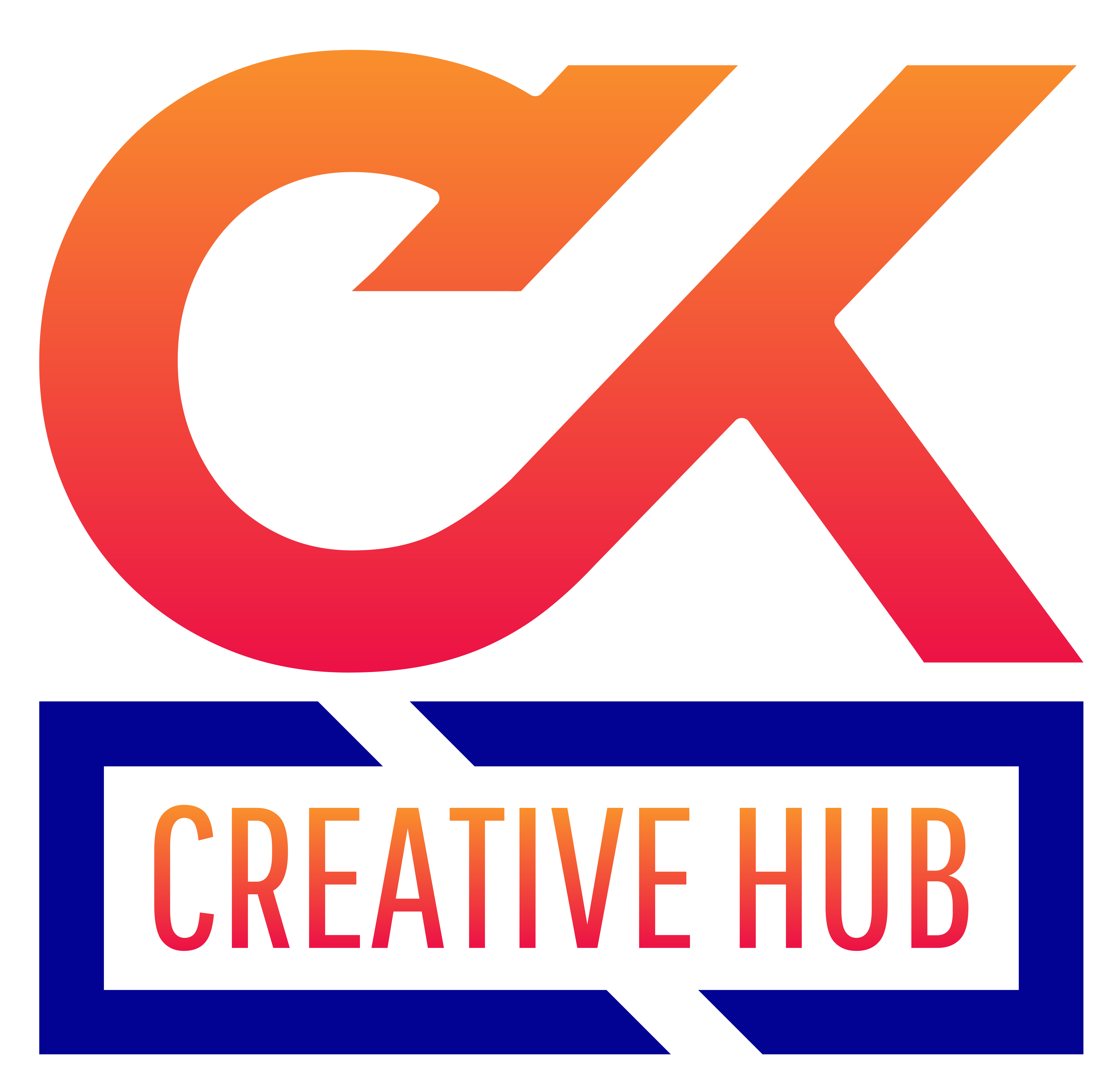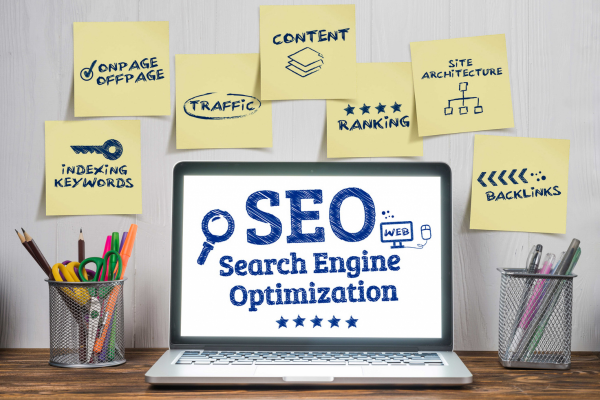
In today’s digital marketing era, having a great website is not enough. You need to ensure your content is easy to find on search engines like Google. This is where on-page SEO comes in. On-page SEO involves optimizing individual web pages so that they rank higher and attract more organic traffic. Whether you’re a small business owner, blogger, or digital marketer, understanding on-page SEO is essential for online success. In this comprehensive guide, we’ll break down every aspect of on-page SEO in simple language, provide real-world examples, and share expert insights to help you master the art of website optimization.
What is On-Page SEO?
On-page SEO is the process of optimizing the content and structure of individual web pages to rank higher in search engine results. Unlike off-page SEO, which focuses on external signals like backlinks, on-page SEO is entirely within your control. It involves adjusting elements like content, HTML tags, images, and internal links so that both search engines and users can easily understand your page.
Why On-Page SEO Matters
Imagine entering a well-organized store where everything is easy to find. That’s what on-page SEO does for your website. Here’s why it’s so important:
- Enhanced Visibility: When your pages are optimized, they are more likely to appear on the first page of search results, which is where most users click.
- Improved User Experience: Clear headings, concise content, and fast-loading pages make your website more enjoyable and easier to navigate.
- Higher Conversion Rates: When users quickly find what they’re looking for, they are more likely to take action, whether it’s making a purchase or signing up for a newsletter.
- Better Indexing: Optimized pages are easier for search engines to crawl and understand, leading to improved rankings.
Research has shown that websites with strong on-page SEO practices can see significant increases in organic traffic. With these benefits in mind, let’s explore the key components of a successful on-page SEO strategy.
Essential Elements of On-Page SEO
Keyword Research and Optimization
Understanding Keywords
Keywords are the words and phrases that people type into search engines. They form the basis for a thriving SEO strategy. It’s important to know the language your target audience uses and what they are searching for.
- Long-Tail Keywords: These are more specific phrases that often face lower competition and yield better conversion rates. Instead of targeting a broad term like “SEO,” try using a long-tail keyword such as “advanced on-page SEO techniques for small businesses.”
- Integrate Keywords Smoothly: Use keywords in a way that flows naturally within your content. Avoid forcing them into your text; instead, let them fit in smoothly.
- Related Terms: For instance, if “on-page SEO” is your main keyword, you might also include related phrases such as “content optimization” or “meta tag optimization” to add context.
Tools for Keyword Research
One excellent tool is Google Keyword Planner, which helps you explore search volumes and generate keyword ideas. Other popular tools include Ahrefs, SEMrush, and Answer the Public. These resources can guide you to discover keywords that will drive targeted traffic to your website.
Title Tags and Meta Descriptions
Crafting a Great Title Tag
The title tag is the clickable headline that appears in search results. It should be clear, informative, and incorporate your primary keyword. For example, rather than using a generic title like “Learn SEO,” try “Master On-Page SEO: Expert Tips to Boost Your Rankings.” This enhances your title’s attractiveness and clarity.
Optimizing Meta Descriptions
Even though meta descriptions don’t directly influence rankings, they are crucial for encouraging users to click on your link. A well-crafted meta description should summarize the page content, include relevant keywords, and offer a clear call-to-action. For instance, you might phrase it as: “Discover actionable on-page SEO strategies to enhance your website’s performance.”
Headers and Content Structure
Importance of Headers
Headers like H1, H2, and H3 play a crucial role in organizing your content into clear, structured sections, making it easier for both readers and search engines to navigate. They not only make your content easier for readers to navigate but also help search engines understand your content’s hierarchy.
- H1 Tag: This should be unique and feature your main keyword.
- H2 and H3 Tags: These are used for subheadings to organize your content logically.
Organizing Your Content
A well-structured article uses bullet points, numbered lists, and short paragraphs to keep readers engaged. Breaking up lengthy text makes your content more digestible and signals to search engines that your page is well-organized.
Content Quality and Relevance
Creating Valuable Content
High-quality content that meets user needs is key to successful on-page SEO. Your content should be original, comprehensive, and regularly updated. Here are some pointers:
- Depth and Detail: Don’t shy away from providing detailed information about your topic. In-depth guides and comprehensive articles are favored by both users and search engines.
- Uniqueness: Create content that stands out with fresh perspectives and valuable insights. Avoid duplicating content from other sources.
- Engaging Multimedia: Use images, videos, and infographics to make your content more engaging and easier to understand.
User Engagement Metrics
Metrics such as bounce rate, time on page, and social shares help determine how engaging your content is. High user engagement signals that your content is valuable, which can further boost your SEO performance.
Image Optimization
Enhancing Your Visuals
Images can greatly enhance your content, but they must be optimized for the best performance. Here are some best practices:
- Descriptive Alt Text: Always use alt text that clearly describes the image. This is important for accessibility and helps search engines understand your visuals.
- Compression: Big image files can slow down your website. Utilize tools such as TinyPNG or ImageOptim to reduce image file sizes while maintaining high quality.
- Proper File Names: Use descriptive keywords when naming image files instead of generic labels like “image1” to improve SEO and accessibility.
- Responsive Images: Ensure your images automatically resize to fit various screen sizes, improving the user experience on mobile devices.
Internal Linking and URL Structure
Effective Internal Linking
Internal links connect different pages within your website. They help users navigate your site and assist search engines in understanding the structure of your content.
- Anchor Text: Use clear, descriptive text for links so users know what to expect when they click.
- Relevance: Ensure that your internal links point to related content, offering additional value to the reader.
Clean URL Structure
A clear and descriptive URL is important for both SEO and user experience.
- Include Keywords: Make sure your main keyword appears in the URL.
- Keep It Simple: A straightforward URL is easier for both users and search engines to understand.
- Hyphenation: Use hyphens to separate words rather than underscores.
Advanced On-Page SEO Techniques
Mobile Optimization and Site Speed
Mobile-First Indexing
Google now prioritizes the mobile version of your site when ranking pages. This means it’s essential to have a mobile-friendly design that works well on all devices.
- Responsive Design: Use a design that automatically adjusts to different screen sizes.
- Mobile Usability Testing: Tools like Google’s Mobile-Friendly Test can help you ensure your site meets mobile standards.
Improving Site Speed
A fast website is crucial for both user experience and SEO. Slow loading times can increase bounce rates and reduce conversions.
- Image and Code Optimization: Compress images, minify CSS and JavaScript files, and remove unnecessary code.
- Caching: Activate browser caching to speed up page loading for repeat visitors.
- Content Delivery Networks (CDNs): Use a CDN to serve your content quickly to users regardless of their location.
Remember, with Google’s mobile-first indexing, the mobile version of your site is key for ranking.
Schema Markup and Rich Snippets
Understanding Schema Markup
Schema markup is a type of structured data that you add to your HTML to help search engines better understand your content. This additional context can lead to enhanced search listings, known as rich snippets, which often include extra details like ratings, reviews, or event information.
- Enhanced Visibility: Rich snippets can make your search result stand out, which may increase your click-through rate.
- Implementation: Use tools like Google’s Structured Data Markup Helper to add schema markup to your pages.
User Experience and Engagement
Improving User Experience
User experience (UX) is a critical factor in on-page SEO. A website that is easy to navigate, visually appealing, and engaging keeps users on your site longer and encourages further exploration.
- Navigation: Make sure your website is easy to navigate with a clear menu and logical layout.
- Readability: Choose clear fonts, suitable sizes, and enough spacing to ensure your content is easy to read.
- Breaking Up Text: Use headings, bullet points, or images to break up lengthy blocks of text, making your content more digestible.
Measuring Engagement
Track user engagement using tools like Google Analytics. Metrics such as bounce rate, average time on page, and pages per session help you understand how visitors interact with your site. These insights highlight that on-page SEO is an ongoing process, requiring regular updates and fine-tuning.
Case Studies and Expert Opinions
Real-World Examples
Case Study 1: Blogging Platform Success
A popular blogging platform revamped its content strategy by focusing on comprehensive on-page SEO. By integrating long-tail keywords naturally and restructuring articles with clear headers and internal links, they experienced a 40% increase in organic traffic and a 25% boost in the average time spent on pages.
Case Study 2: E-Commerce Transformation
An e-commerce website improved its product pages by rewriting title tags, updating meta descriptions, compressing images, and simplifying URLs. These changes resulted in a 30% increase in organic traffic and a 15% improvement in conversion rates, proving that even small on-page tweaks can lead to significant improvements.
Expert Opinions
Experts in the field consistently stress the importance of on-page SEO. Digital marketing guru Neil Patel often points out that “a strong SEO strategy starts with a well-optimized website.” Similarly, specialists at Moz emphasize that “user experience and content quality are at the heart of modern SEO.” These expert insights highlight that achieving success with on-page SEO is an ongoing process of refinement and enhancement.
Common Pitfalls to Avoid
Even the best strategies can falter if you’re not careful. Here are some common mistakes and how to avoid them:
- Keyword Stuffing: Overloading your content with keywords can make it sound unnatural and may lead to penalties. Instead, focus on blending keywords seamlessly into your content.
- Thin or Duplicate Content: Content that is shallow or repeated on multiple pages can harm your rankings. Strive to provide in-depth, original information.
- Neglecting Mobile Users: With more users browsing on mobile devices, failing to optimize for mobile can hurt both user experience and SEO performance.
- Broken Links: Frequently check your website for broken internal or external links. Broken links can frustrate visitors and signal poor maintenance to search engines.
- Complicated URLs: Keep your URLs simple and descriptive. Overly complex URLs can confuse both users and search engines.
The Future of On-Page SEO
SEO is always evolving. Here are some trends and predictions for the future of on-page SEO:
- Voice Search Optimization: With the increasing use of voice assistants, optimizing content for voice queries by using conversational language is becoming essential.
- AI and Machine Learning: Search engines are using advanced algorithms like Google’s BERT and RankBrain to better understand user intent. Creating content that genuinely answers user questions will become even more critical.
- Focus on User Experience: Websites that offer a great user experience—with fast load times, easy navigation, and engaging content—will continue to perform well.
- Integration of Visual and Video Content: With the rise of visual search and video platforms, integrating multimedia elements and optimizing them for SEO will be key.
- Local and Personalized SEO: As search engines tailor results based on location and user behavior, optimizing for local searches and personalized content will be increasingly important.
Conclusion
On-page SEO is far more than a checklist of tasks—it’s a continuous process that combines technical adjustments with creative content strategies. By focusing on thorough keyword research, crafting compelling title tags and meta descriptions, using clear headers, optimizing images, and ensuring your site is mobile-friendly and easy to navigate, you lay the foundation for long-term online success.
Remember to regularly review and update your content, monitor engagement metrics, and adjust your strategy based on the latest trends. Whether you’re a beginner or an experienced marketer, on-page SEO is a long-term journey. Remember, SEO is a long-term effort, not an overnight achievement.
Now is the moment to start applying these strategies. Audit your website, identify areas for improvement, and implement the changes discussed in this guide. As you see the impact on your traffic and conversions, you’ll appreciate the value of a well-optimized website.
Happy optimizing, and here’s to your continued success in the digital world!


